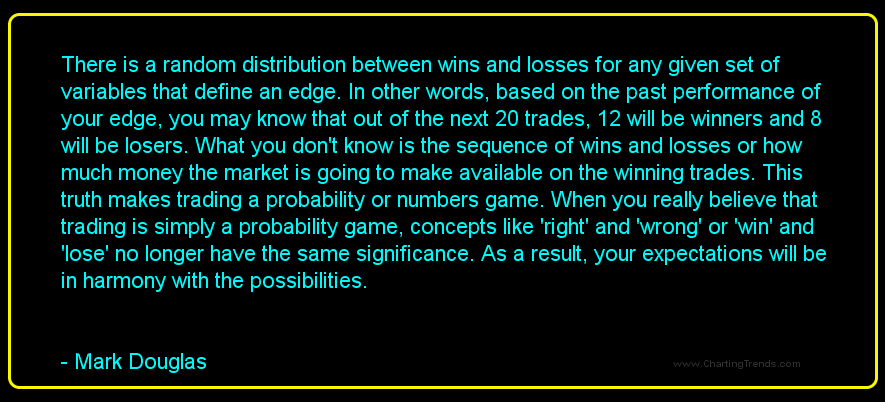Trading is an evolutionary process. Nobody can wake up being a Master Trader. Unfortunately there is no book or magic trick that can turn you into the highly profitable trader . Although the belief and the hope to obtain those skills instantly is still in place.
 The statistics say that only the ones with the self-dedication and discipline succeed in this business.
The statistics say that only the ones with the self-dedication and discipline succeed in this business.
The most common mistakes leading to losses:
-Trading against the market;
-No trade potential;
-No serious buyers or sellers in the stock;
-Wide stop-loss;
-Fear of loss.
Traders should stay calm during the trading, this helps to observe and analyze the situation on the market much better, see some small details and make a competent decision.
Panic, stress or fear, always lead to mistakes.
One of the serious problems in trading is rush and mania to be present on the market all the times, opening positions when there is no potential for a trade or where the market is either flat or going the other direction.
Tips to resolve the mistakes:
1. Always look at the market. If there is no clear picture of the market’s behavior, don’t risk your money.
2. Always look at a trade potential.
3. Always look either at the Open Book or Market Maker window and Tape.
4. Always know where you are going to place you stop-loss order.
5. If you’re just not sure, or if the situation is uncertain, don’t enter the trade.
Following these tips requires some work and changes to our habits. It is not easy at all! We always hear sayings that the trader should be disciplined. What it actually means is changing your old habits and training yourself to have new ones. It is not comfortable, but it brings positive results, which will be noticeable on your month-end P/L report.


 Risk: your loss limit in per trade and the total dollar loss per day. What you will do after x number of losses in a row. Your strategy for increasing and decreasing your trading size.
Risk: your loss limit in per trade and the total dollar loss per day. What you will do after x number of losses in a row. Your strategy for increasing and decreasing your trading size.

 A lot of statistics are published about the number of traders that are ’successful’ even though we don’t always receive their definition of successful.
A lot of statistics are published about the number of traders that are ’successful’ even though we don’t always receive their definition of successful.
